
7 minute read
North East Link
BUILDING THE MISSING LINK
ROADS & INFRASTRUCTURE PROVIDES A SNAPSHOT OF VICTORIA’S LARGEST ROAD INFRASTRUCTURE PROJECT – THE NORTH EAST LINK. I t’s been dubbed by Victorian Transport Minister Jacinta Allan as the state’s largest road infrastructure project and a highpriority project on Infrastructure Australia’s Priority List.
But despite community and council concerns that recommendations from the environmental effects statement were ignored, the Victorian Government is charging on with construction on the $15.8 billion North East Link.
The project is slated to be the biggest road infrastructure project in the southern hemisphere and on track to be completed by 2027. It aims to deliver substantial transport, economic and liveability benefits by improving cross-city connectivity and addressing critical traffic, freight and amenity issues.
As Melbourne’s urban sprawl places pressure on travel around the city, the city needs to accommodate additional connectivity beyond cross city travel. With the Victorian capital on track to hit eight million by 2051, its population is set to rival the size of London and New York today and outstrip Sydney.
In the 70s and 80s, Melbourne’s transport network saw demand for radial trips met through the Tullamarine, South Eastern, Monash and West Gate Freeways.
The Melbourne Underground Rail Loop was completed, improving connectivity in the inner city. But in the 90s, decentralisation occured following the opening of Melbourne’s first orbital freeway, the M80 Ring Road, which bypassed the congested centre. It followed with investments in the 2000s through the CityLink and EastLink which were catalysts for land use change and intensification, creating high levels of employment and commercial development. But the northeast corridor remained disconnected, despite extensive demand for daily travel between the northeast and the city’s north, east and outer-east.
According to the North East Link Environmental Impact Statement summary report, there’s been a lack of a freeway standard connection in the northeast, often referred to as the “missing link” in the city’s freeway network. As a result, this is constraining the performance of the wider transport network and reducing connectivity and accessibility for households and businesses across the city.
The business case shows that without the North East Link, the performance of the road network in Melbourne’s northeast would deteriorate significantly with crosscity movements between the north and east, placing pressure on arterial roads.
The project is therefore seeking to address three critical transport-related challenges: poor cross-city movements, inefficient freight movement between the north and southeast and congestion and heavy vehicles on local and arterial roads.
The Victorian Government announced shortlisted consortiums for the major works contract as part of the Public Private Partnership. CPB Contractors was appointed to lead the early works package, valued at more than $200 million, with planning work already underway.
CPB’s works will include the design, development and relocation and/or protection of utility services, including 220-kilowatt transmission towers, other electrical assets, telecommunications assets, water and sewerage assets and drainage and gas pipelines.
Early works are scheduled to start in 2020, subject to planning approval and set to be completed by 2021. In late 2020, the major works bidder will be selected with works expected to start shortly after.
Transport Minister Jacinta Allan says the project has been talked about for decades.
“The North East Link will improve travel times for locals, making sure they get to where they need to go sooner and safer,” she says.
“We’re fixing this missing link in the city’s freeway network to improve connectivity and accessibility for households and businesses across the city.”
A SNAPSHOT At a glance, the project involves a new freeway standard connection between the M80 Ring Road and an upgraded Eastern Freeway with additional lanes. Dedicated express bus lanes between bus lanes between Doncaster and the city will be separate from cars and trucks.
In giving the city a fully completed orbital connection for the first time, the North East Link forms an express connection with more than six kilometres constructed in tunnel.
The North East Link is achieving Victoria’s longest twin road tunnel and delivering Melbourne’s first dedicated busway, new public open space and walking and cycling links.
The project encompasses three elements. The first will see the M80 Ring Road extended to the northern tunnel portal near Blamey Road using a combination of above, below and at-surface road sections. New road interchanges will be provided at the M80 Ring Road and Grimshaw Street. Construction in this area will commence in late 2021 and extend over four years.
Secondly, the northern portal of the tunnel will transition into twin tunnels connecting to Lower Plenty Road via a new interchange before travelling under residential areas, Banyule Flats and the Yarra River to a new interchange at Manningham Road. The tunnel will then continue to the southern portal located south of the Veneto Club.
The northern portal to southern portal will extend in tunnel from the northern portal at Blamey Road to the southern portal south of the Veneto Club, Bulleen.
The key features will include six kilometres of twin three-lane tunnels with three traffic lanes in each direction. Cross passages between the tunnels will be built every 120 metres for operations access and evacuation in emergency. A tunnel management system will ensure speed limits are varied and incidents can be managed safely and promptly. Construction works will be extended over seven years from mid-2020.
The tunnels will be constructed using three construction methods to suit existing ground conditions and minimise above-ground disturbance where possible. The Environment Effects Statement highlights cut and cover construction will be used to connect various roads to the southern portal.
Additionally, tunnel boring machines will excavate soil and rock with the tunnel lining constructed as the excavation progresses between Lower Plenty Road and Bridge Street. A short section of the twin tunnels south of the Manningham Road interchange will be constructed using the mined tunnel method.
Thirdly, the Eastern Freeway will be widened from Hoddle Street in the west to Springvale Road in the east to accommodate future traffic volumes and new dedicated bus lanes.
The new interchange at Bulleen Road will connect the North East Link to the Eastern Freeway.
Works will take place over five years from 2021, starting with the construction of the new interchange and then upgrading the Eastern Freeway east and west.
To ensure the project incorporates a high-quality urban design, an urban design strategy has been developed. Wurundjeri Traditional Owners have worked in collaboration with the North East Link
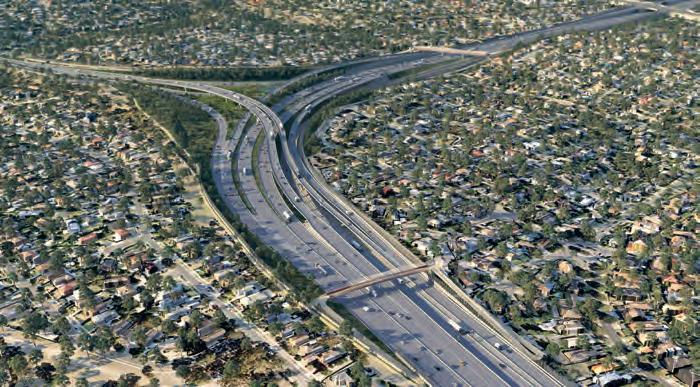
Fast Facts: • Cost: $15.8 billion • Timeline: 2021-2027 • The biggest road infrastructure project in the southern hemisphere • 10,000 jobs created • Up to 135,000 vehicles a day will use the road • 15,000 trucks taken off local roads • Save up to 35 minutes between the M80 Ring Road and the
Eastern Freeway • North East Link will cut drives to the airport from the eastern suburbs by up to 35 minutes
Project on the development of the projects Urban Design Strategy, identifying cultural themes to inspire design teams to ‘bring to life’ at various stages of the project.
The project will also become the first road in the state to be built using digital engineering from the start to the end. The technology will bring together data and systems to create the road as it would look in reality, enabling productivity methods of planning, design, construction, operation and maintaining the road once built over its lifetime.
However, the Environmental Effects Statement has been the subject of controversy.
While the North East Link team has been collaborating with the community for more than two years about the process, a number of businesses and councils have been aggrieved by the impact of the project.
The councils of Banyule, Manningham, Boroondara and Whitehorse argue the Eastern Freeway widening will mean 43,000 trees will be lost, a fact disputed by the government as in fact 26,000.
All but five of the 29 recommendations from an independent panel were endorsed by the Victorian Planning Minister.
A Victorian Government statement at the end of last year said the Minister for Planning assessed extending the North East Link tunnels an extra two kilometres north and determined the potential impacts – which include an extra 18 months or more of construction disruptions and significant impacts on two local schools – did not outweigh the benefits.
WORLD CLASS SOLUTIONS FOR CONCRETE & INFRASTRUCTURE
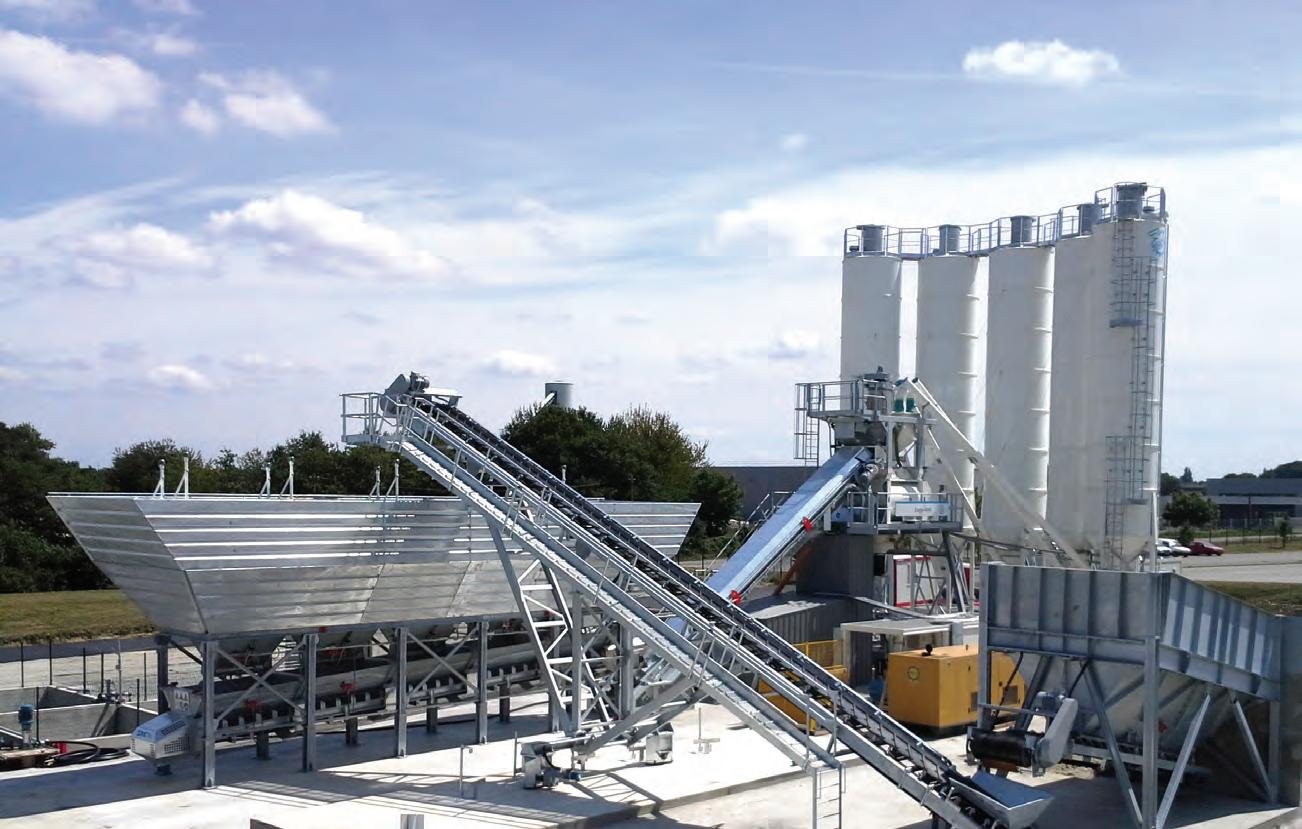
SIMEM Concrete Batching Plants
Gough Industrial Solutions partners with both SANY and SIMEM to deliver exceptional global technology, local expertise and lifetime support to the local concrete & infrastructure industries.
DYNAMIX ® Concrete Agitators
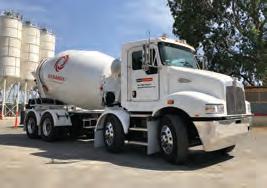
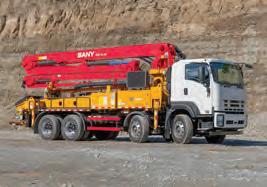
SANY Pumping Solutions
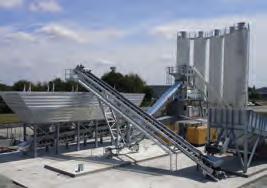
SIMEM Concrete Batching Plants
SANY Concrete Line Pumps

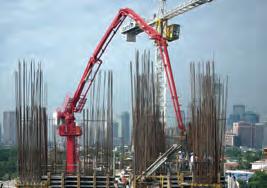
SANY Concrete Placing Booms
For industry leading solutions - talk to our team today.
Horst Hendrich National Key Account Manager 0477 400 099 Horst.Hendrich@goughindustrial.com.au Terry Breen Key Account Manager 0455 325 231 Terry.Breen@goughindustrial.com.au
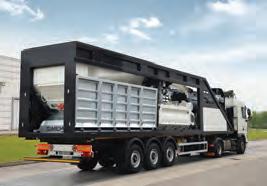
SIMEM Fixed & Mobile Plant Solutions Delivering Exceptional
Service & Support through our National
Branch Network










